The metropolis of Seoul spills through the valleys of the surrounding mountain peaks. The effect is that of a spider-webbing lake of brick, glass and steel punctuated by dark upward juts of rocky green islands. These dense urban chords are brimming with 10 million people and buzzing with lights and sounds at all hours of the day and night.
It is natural then, that a popular escape from city life is to make a trek up one of these mountains that stood quietly as the booming city flooded outwards around them.
While traveling in Seoul this past August, I made the hike up Cheonggyesan Mountain towards Maebong peak. Packed along was my Fuji GW690ii loaded with BERGGER Pancro 400.
It is the unconfirmed discontinuation of Pancro 400 that has motivated me to write about my relationship with this finicky film.
My notice of Pancro 400’s fate was clinical. An automated email from Adorama informed me that the backorder I had placed in January was being canceled after the manufacturer discontinued the product.
Pancro 400 was always a bit of an odd duck. It never gushed forward perfect images like HP5 or Delta 3200. Instead, everything was a negotiation, you always had to give a little to the film to get beauty out.
Let’s start with the speed. This was not a 400-speed film by any reasonable measure. Take this image of tree roots in shadow. On the way up the mountain I was struck by the contrast of the light-colored tops and the dark base and rocks. But it was deeply shaded under the tree canopy, and to get a usable shutter speed, I really needed Pancro 400 to perform as a 400 speed film.
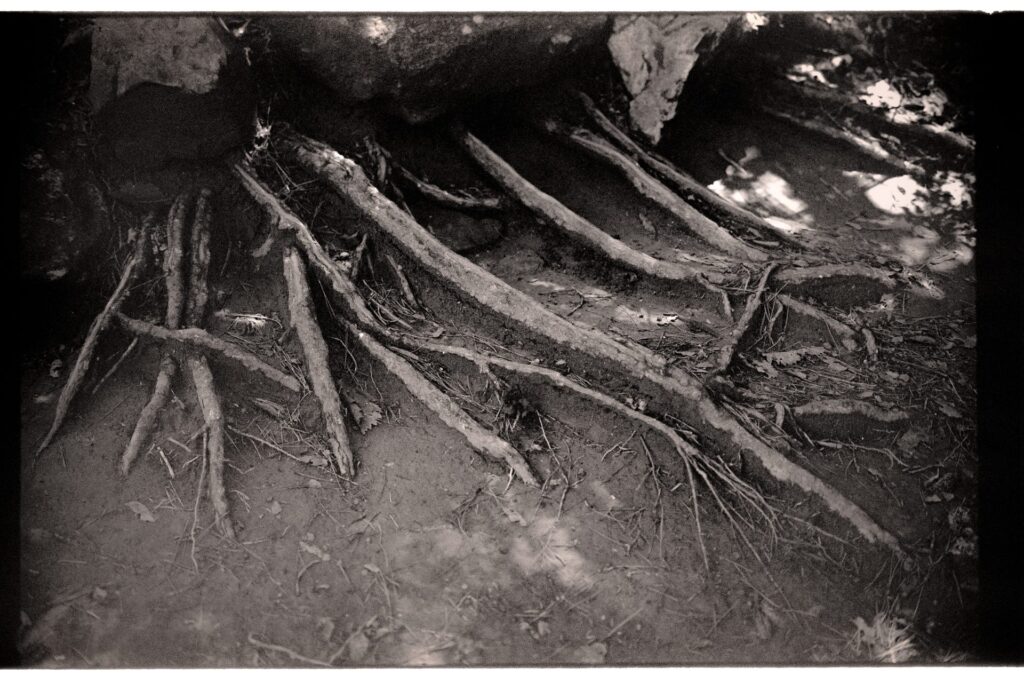
The negative was thin, and the shadows crushed to black. With some cajoling in Photoshop, I was able to get an image that was usable, but the emulsion is not singing. This is because Pancro 400 always gave me the best results when I treated as a 200-speed film with the 400-speed development times. Giving up a little convenience for myself to give the film twice as much light always paid off.
Ferns grow in the dappled light all the up the mountain. Slowing down and metering carefully for 200, the film can perform wonderfully in the dim light. The leaves here are so silvery, and the fall-off into shadow gives the image an almost oily look.
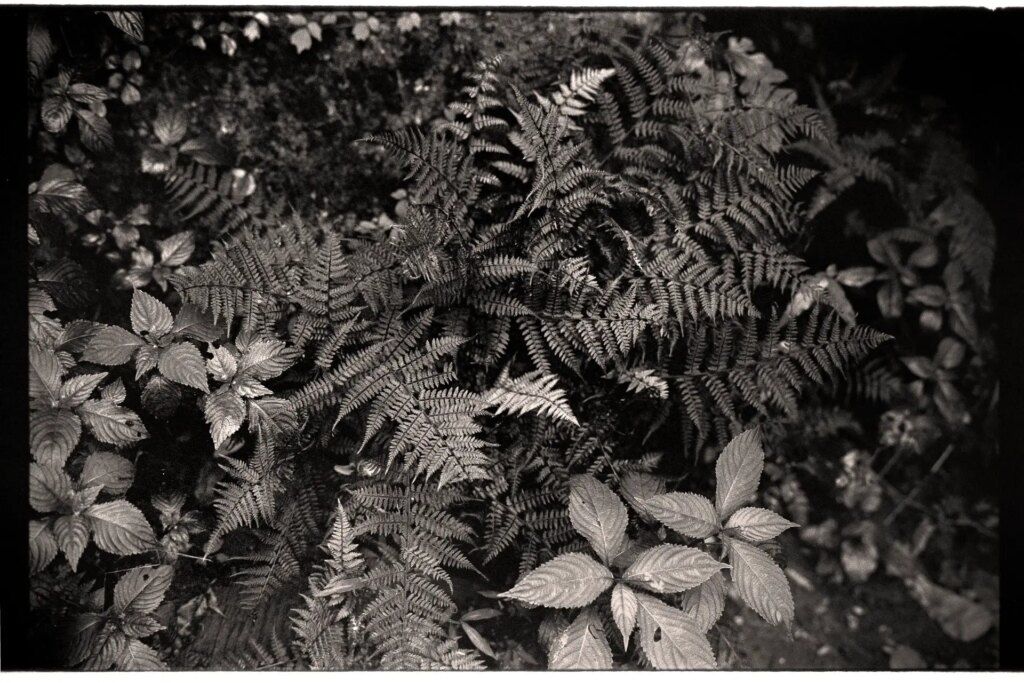
This was also an emulsion that did not like every developer. I soup almost all my films in DD-X. I shoot a lot of Ilford’s Delta line films, and use the tabular grain Fomapan 200 Action as an affordable stand-by when I shoot 35mm. So, it makes sense to use a t-grain friendly developer from Ilford. But Pancro 400 doesn’t love DDX. No, it always demanded something more interesting, more exotic. Pancro 400 was happiest with an 8 ½ minute soak in Clayton f76+ at 20°c. A magical developer for a temperamental film. If you were looking for those separated mid-tones from the promotional images, this was the developer you were missing.
There are many trails and many steps on the way up the mountain. The old stones provide shelter from the elements, and the smaller of the ferns and other plants grow up along their edges. This is the perfect environment for those mid-tones to begin to come through, sandwiched between a contrasty white and black.
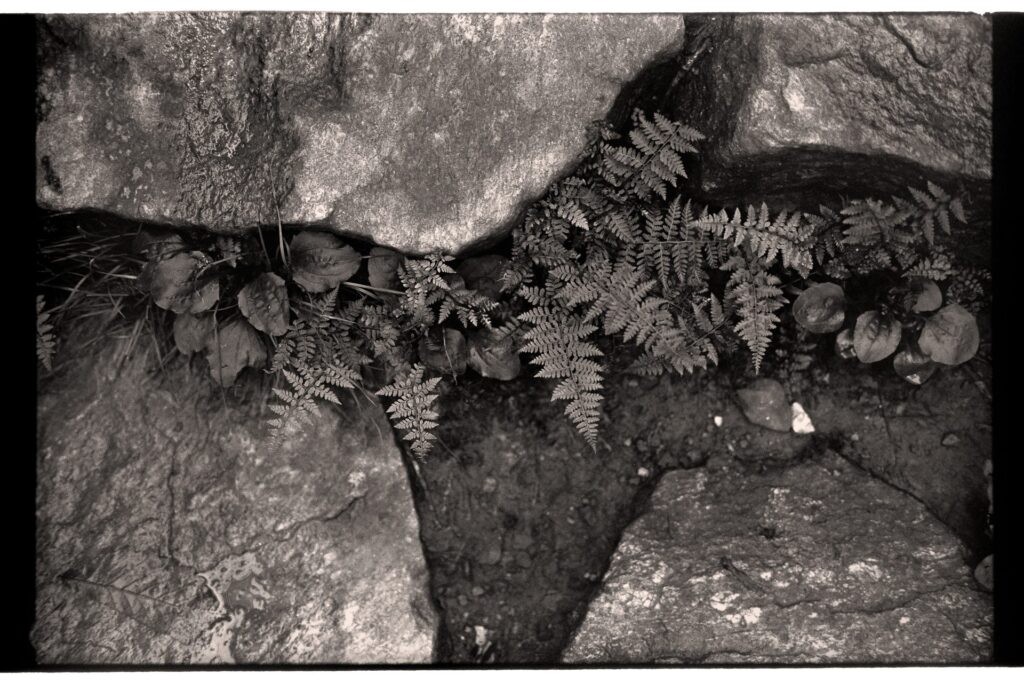
But the developer and the speed were not the only secrets to helping this film reach its full performance. More so than any of the other films I regularly shoot, Pancro 400 benefits from sizing up the negative. Scaling up from 35mm to 120 in 6×6 or 6×9, the aesthetic of the emulsion melded so well with that “medium format look”.
Working my way up the steps, the background falling away lets me get low and close to a fern. The stairs stacking upwards and backwards provides an opportunity for shallow depth of field to isolate the subject and help the leaves pop from the ground. This is the look we so often associate with medium format.
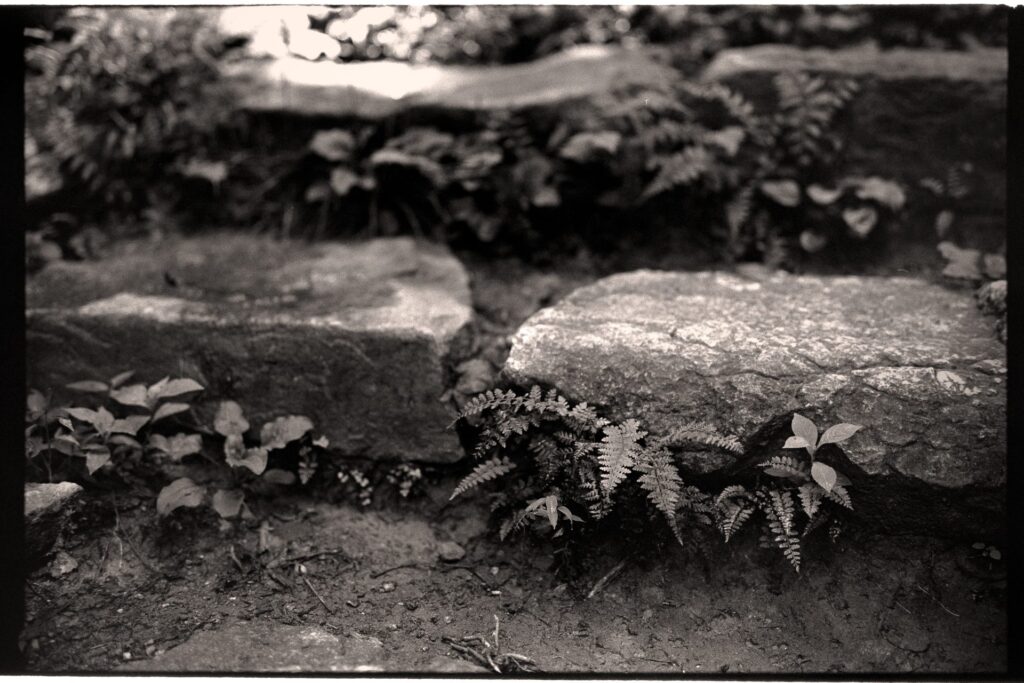
Then there are the times when the puzzle pieces really comes together. I think all photographers have the occasional image that really works for them. Tonality, composition and format all unify to make an image that we find personally appealing.
As I crested over onto a level patch, the pathway up the slope took a winding and unsteady path before turning out of view. It was a tricky, contrasty scene, with patches of both full midday sun and shaded greenery. The final image is so contrasty, but in a way that I am really into.
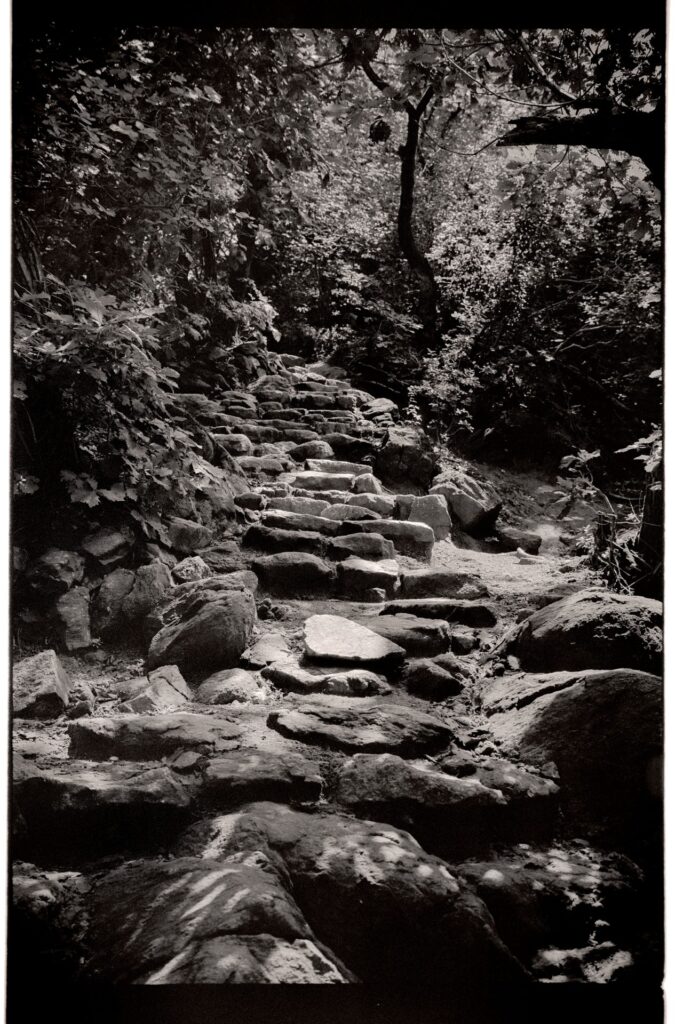
I do not know if BERGGER Pancro 400 is truly gone forever. It was a film that was always hard to find and persnickety to use. However, with care, the right developer and the perfect scene, this emulsion could really be beautiful. After the news that Pancro 400 might be gone, I grabbed about 15 rolls of 120 from around the web. As it sits in my freezer, I hope I can be not too precious with it. Rather I want to use it, I want to savor it, and most of all I want to make some kick-ass images that let the film go out at its best.
Find me on my website, LinkedIn, and Instagram
Share this post:
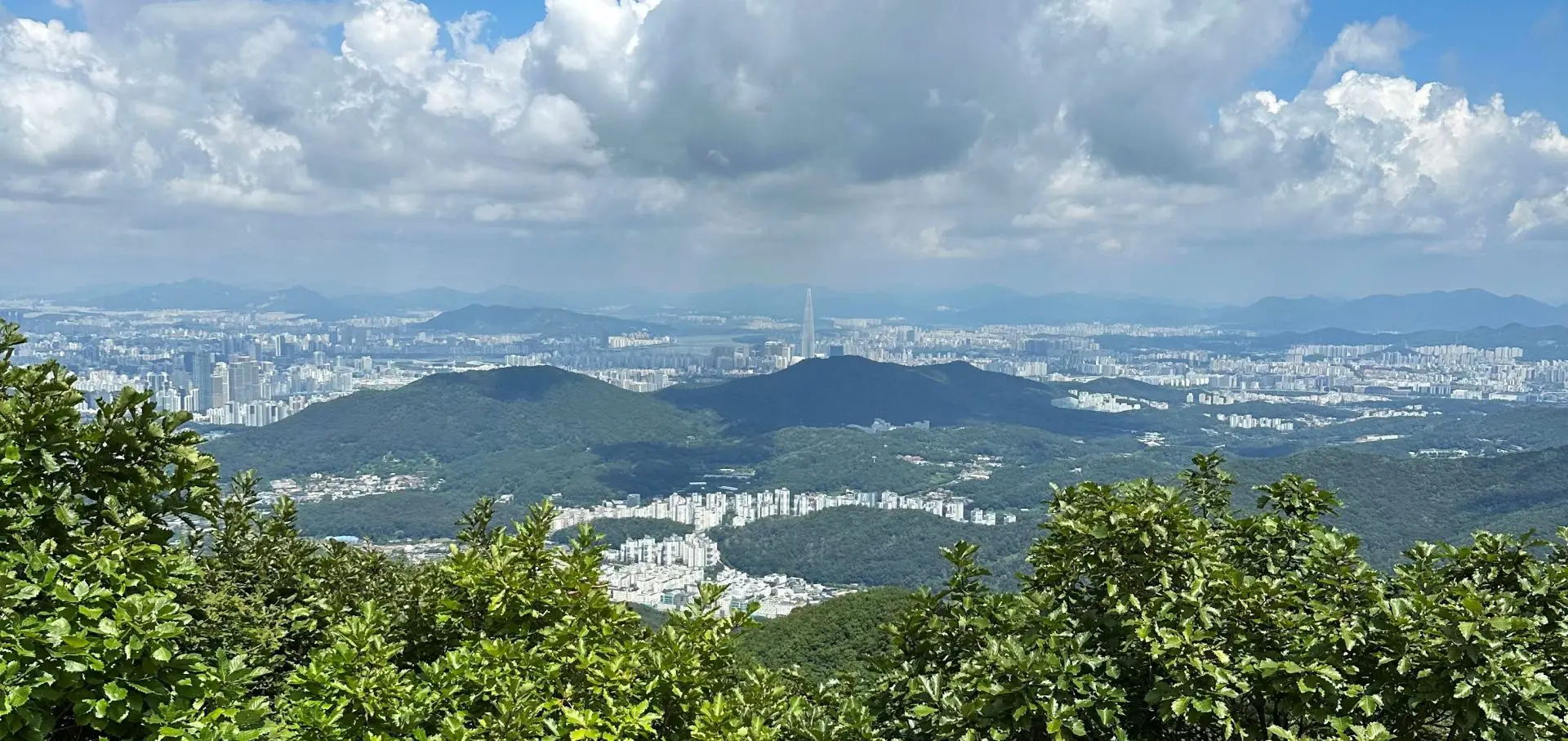
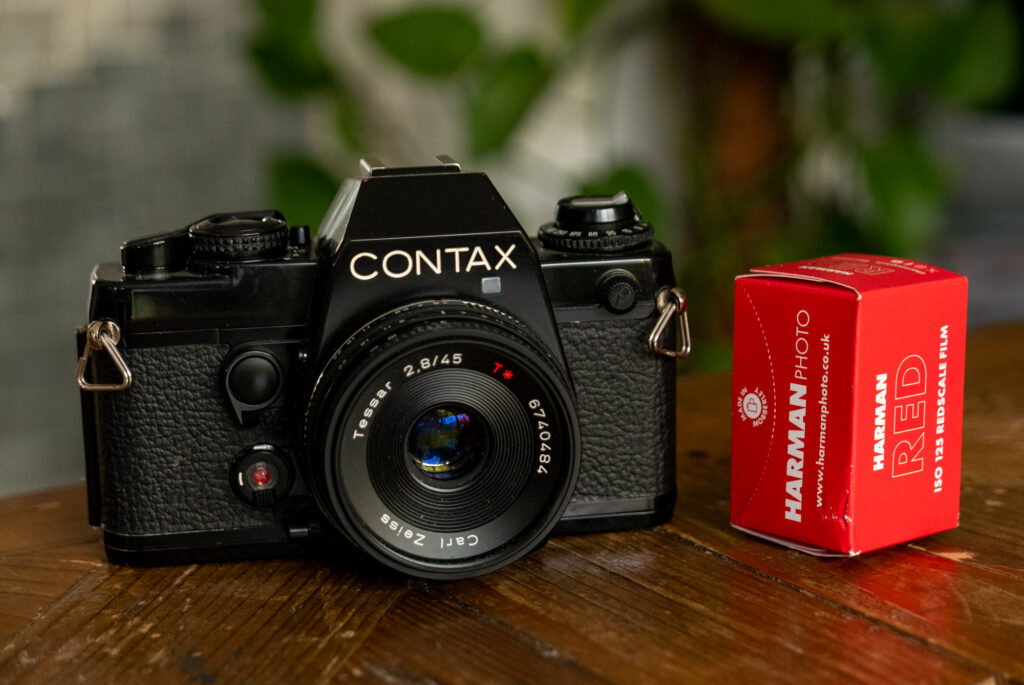
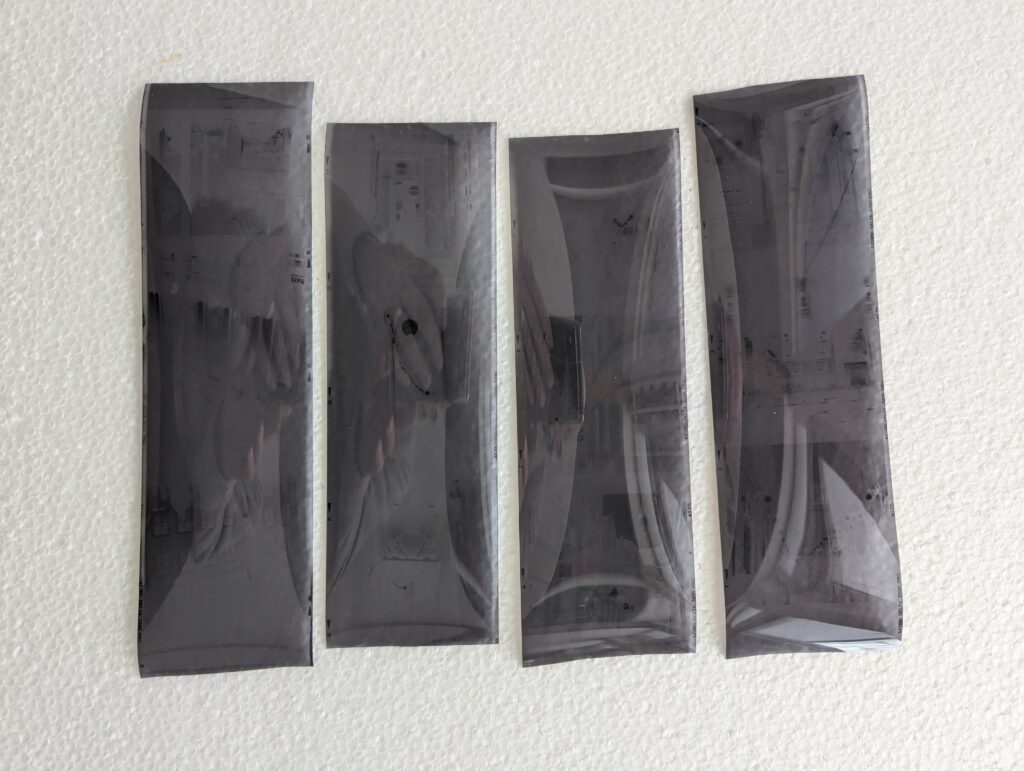
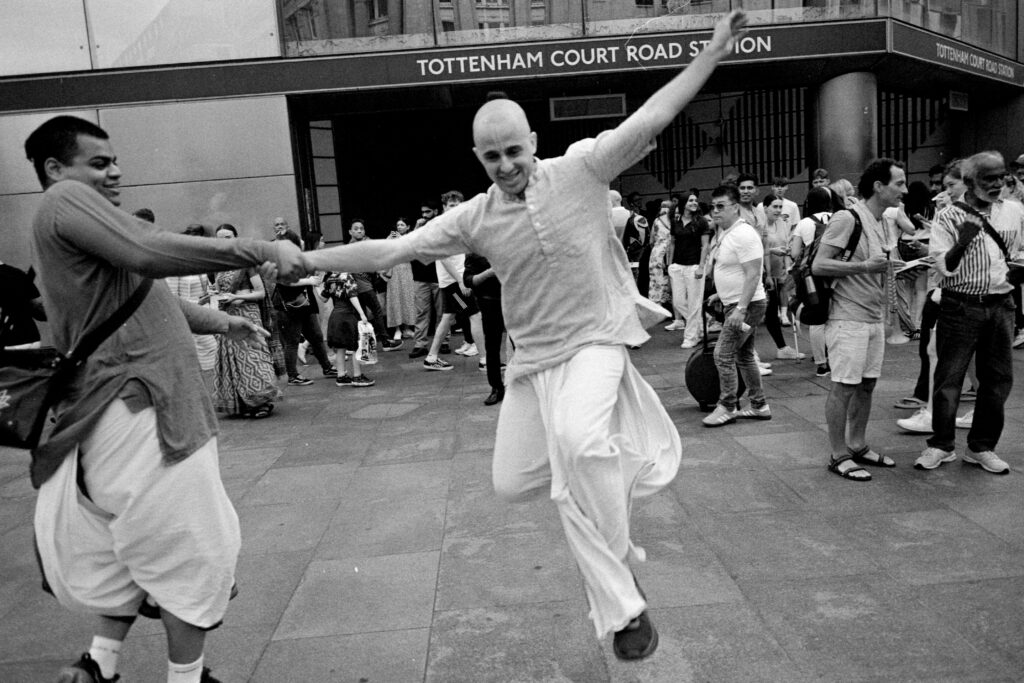
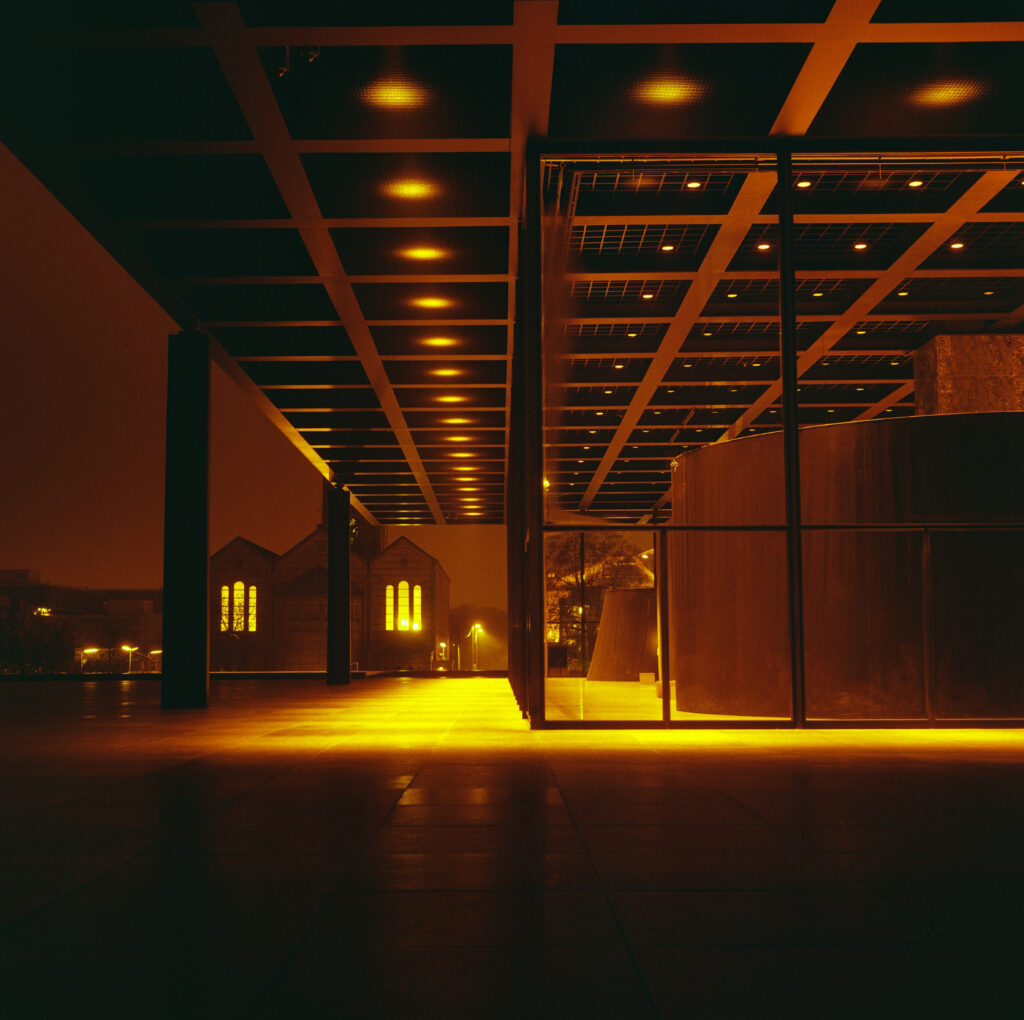




Comments
Paul Quellin on BERGGER Pancro 400 – Small Scenes Up a Mountain in Seoul
Comment posted: 21/11/2023
Comment posted: 21/11/2023
John Fontana on BERGGER Pancro 400 – Small Scenes Up a Mountain in Seoul
Comment posted: 22/11/2023
Comment posted: 22/11/2023
Huss on BERGGER Pancro 400 – Small Scenes Up a Mountain in Seoul
Comment posted: 22/11/2023
Comment posted: 22/11/2023